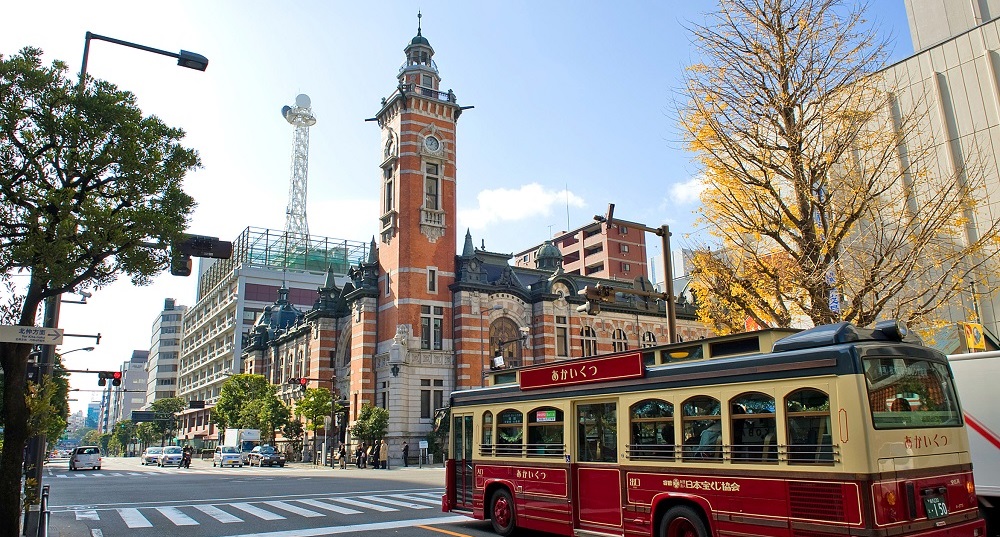Yokohama is known for its state-of-the-art port city vibes, but there is a lot of history tucked in between the modern structures. Yokohama was the starting point of modern Japan — it was where the Treaty of Kanagawa was signed, opening the doors to the West. Take a walk back in time to discover significant historic structures hiding in plain sight.
10am - Estación Motomachi Chukagai y Torre Marina de Yokohama
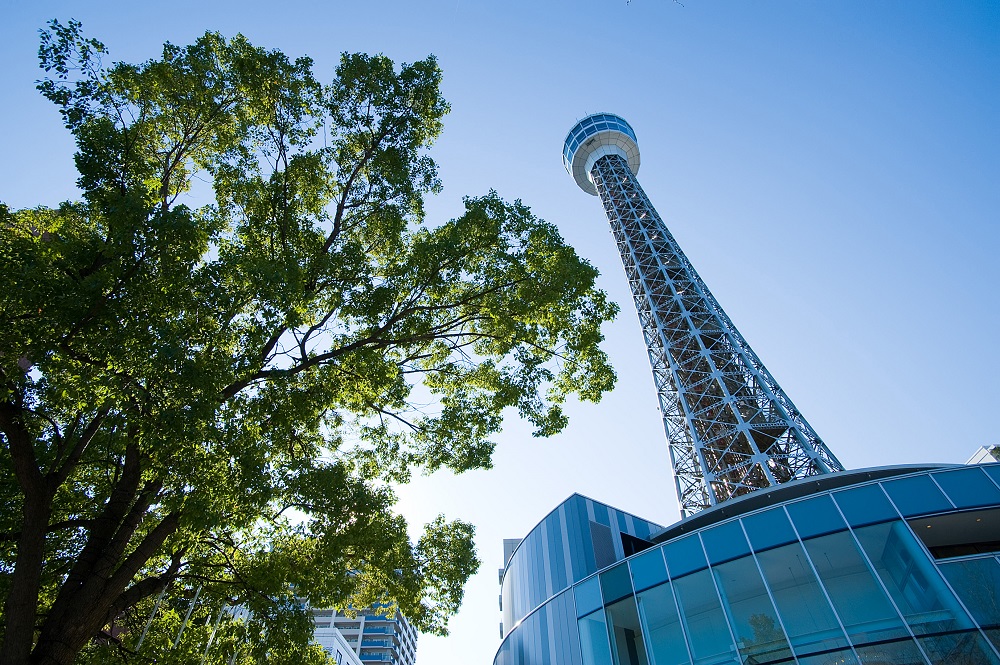
Leave Motomachi Chukagai Station and head to Yokohama Marine Tower. This 106-meter tall structure was completed in 1961 and offers fantastic views over both the harbor and the city as a whole. This is a great place to start your day and spot a few of the places you’ll be visiting from above.
*Closed due to renovation from April 2019.
< Torre Marina de Yokohama >
http://www.yokohamajapan.com/things-to-do/detail.php?id=164
11am — Yamashita Park

Straight across from the tower lies the first seaside park ever constructed in Japan, which was built from the rubble leftover from the 1923 Great Kanto Earthquake. The park opened in 1930 and remains popular for seaside strolls and relaxing afternoons with a spectacular ocean view.
< Parque Yamashita >
http://www.yokohamajapan.com/things-to-do/detail.php?id=139
12pm — Lunch at Hotel New Grand
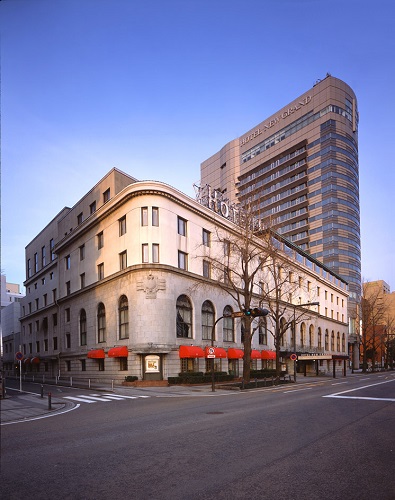
Hotel New Grand celebrated its 90th anniversary in 2017 and is one of the oldest hotels in Yokohama. It is also home a Japanese original culinary innovation, the Spaghetti Napolitan, as well as Japan’s first seafood gratin. General MacArthur stayed here twice — once on his honeymoon, and again during the US occupation after the war. If you stay the night, splurge a little to stay in the very same room the General did — appropriately named the MacArthur Suite.
< Hotel New Grand >
http://www.yokohamajapan.com/things-to-do/detail.php?id=26
4: Yokohama Archives of History
1pm — Yokohama Archives of History
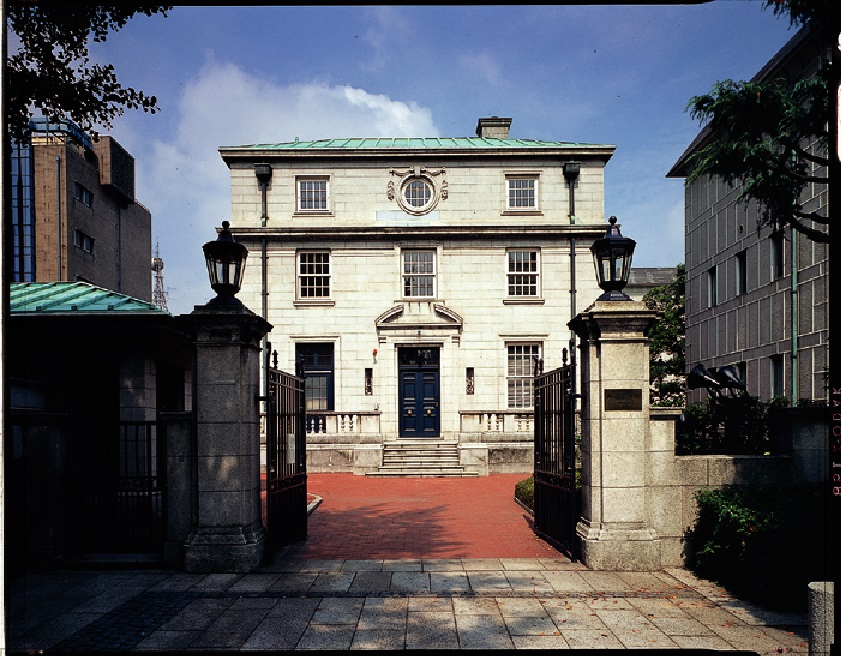
This beautiful building and courtyard holds a detailed history of Yokohama’s transition from sleepy seaside fishing village to modern port city. It is also located on the exact same site history was made in 1854. The camphor tree at the entrance marks the spot where Japan and the U.S. signed the Treaty of Kanagawa, which led to Japan opening its ports to foreign trade. While the original camphor tree burned down during the Great Kanto Earthquake, seeds from the tree were rescued and planted in the same spot as the old tree. The building was used as the British consulate until 1972.
< Archivos de la Historia de Yokohama >
http://www.yokohamajapan.com/things-to-do/detail.php?id=145
2 pm — Yokohama Three Towers
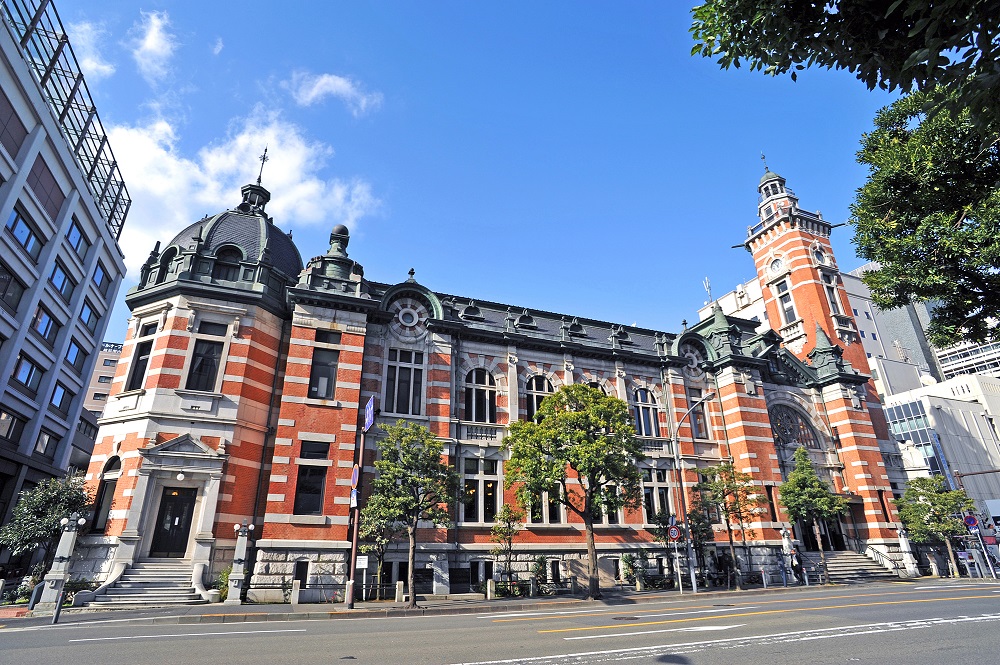
Yokohama is home to a trio of towers named the King, the Queen, and the Jack, respectively. The King’s Tower was built in 1928 and designed to resemble a five-storied pagoda. It earned its name thanks to its art deco and imperial crown-inspired style. It now houses the Kanagawa Prefectural Office.
Yokohama Customs is referred to as the Queen’s Tower, and is somewhat reminiscent of a mosque. It was built in 1934 and given its nickname as its dome shape seemed feminine in contrast to the neighboring King’s Tower.
The third and final tower is Yokohama Opening Memorial Hall, known as the Jack’s Tower. It is built in a neo-renaissance style and constructed before either the Queen ot King towers. It is currently used as Naka Ward Hall.
According to urban legend, your wishes will come true if you stand at three different points in the city where you can see all three towers at the same time. The areas are Yokohama Red Brick Warehouse Park, Nihon Odori Street, and Osanbashi. There are plaques marking out the spots in each area. Make a detour and visit all three spots if you need a little extra luck.
<Torre del Rey: Oficina de la prefectura de Kanagawa >
http://www.yokohamajapan.com/things-to-do/detail.php?id=54
<Torre de la Reina: Yokohama Customs (Queen's Tower) >
http://www.yokohamajapan.com/things-to-do/detail.php?id=154
<Torre de Jack: Yokohama Port Opening Memorial Hall >
http://www.yokohamajapan.com/things-to-do/detail.php?id=171
6: Yokohama Creativecity Center (YCC)
3 pm — Yokohama Creativecity Center (YCC)

Built in 1929, this structure was originally home to the Yokohama branch of the former Daiichi Bank. Now it serves as a meeting point for creatives, with frequently held workshops, exhibition spaces open for rent, and art events.
< Centro creativo de Yokohama >
http://www.yokohamajapan.com/things-to-do/detail.php?id=153
4pm - Bankoku Bridge
First built in 1903, this bridge survived the 1923 Great Kanto Earthquake, but was eventually replaced in 1940 to its current form. Though only 50 meters in length, this arch bridge connects Yokohama’s past to its future, by connecting the old Bashamichi to the new Minato Mirai areas. Bashamichi was where gaslights first lit the streets, and trees lined the boulevard — it was also home to Japan’s first ice cream shop.
8: Yokohama Red Brick Warehouses
5pm – Yokohama Red Brick Warehouses

Completed in 1911 and 1913 respectively, warehouses number 2 and one have been important since their construction. They were damaged in the Great Kanto Earthquake, but survived, eventually used as military supply depots during WWII. The US military requisitioned the buildings after the war, using it as their headquarters in the harbor. After the occupation ended, it fell into disrepair until the 1990s, when it was bought by Yokohama city from the state and renovated to its current elegant state. It’s now popular among tourists and locals alike or its high end shopping and frequent events.
<Almacenes de ladrillo rojo de Yokohama >
http://www.yokohamajapan.com/things-to-do/detail.php?id=1
9: Yokohama Landmark Tower
6pm onwards — Yokohama Landmark Tower
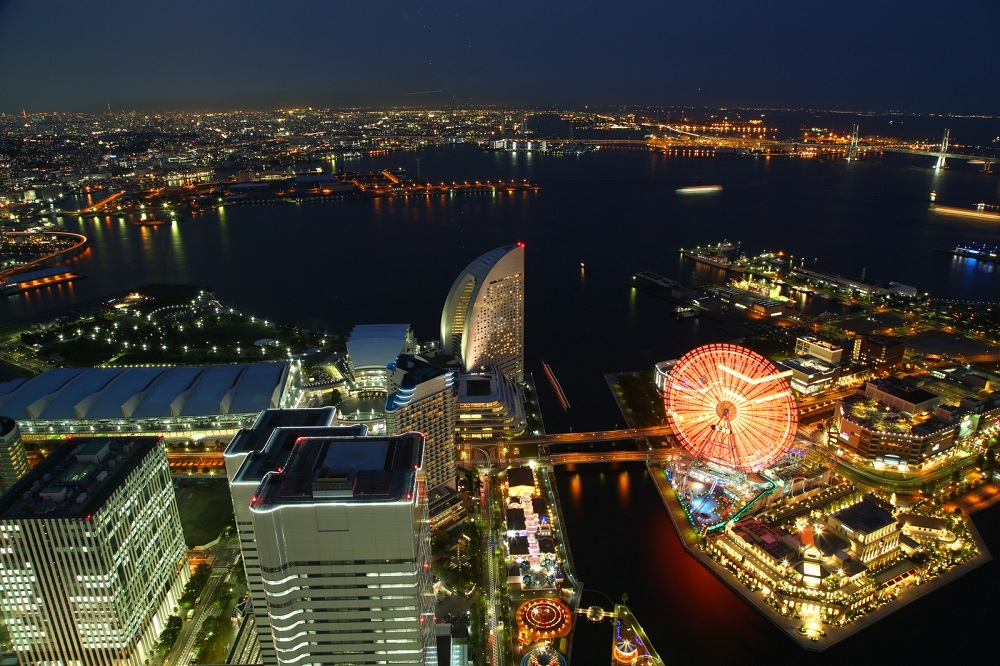
Finish your day with a view over this historic city from the second tallest building in Japan. Sky Garden on the 69th floor of Landmark Tower is Yokohama’s highest observation deck, with panoramic view of the city and beyond — if you’re lucky, you can see as far as Mount Fuji.
< Mirador del rascacielos Landmark Tower de Yokohama >
http://www.yokohamajapan.com/things-to-do/detail.php?id=163


